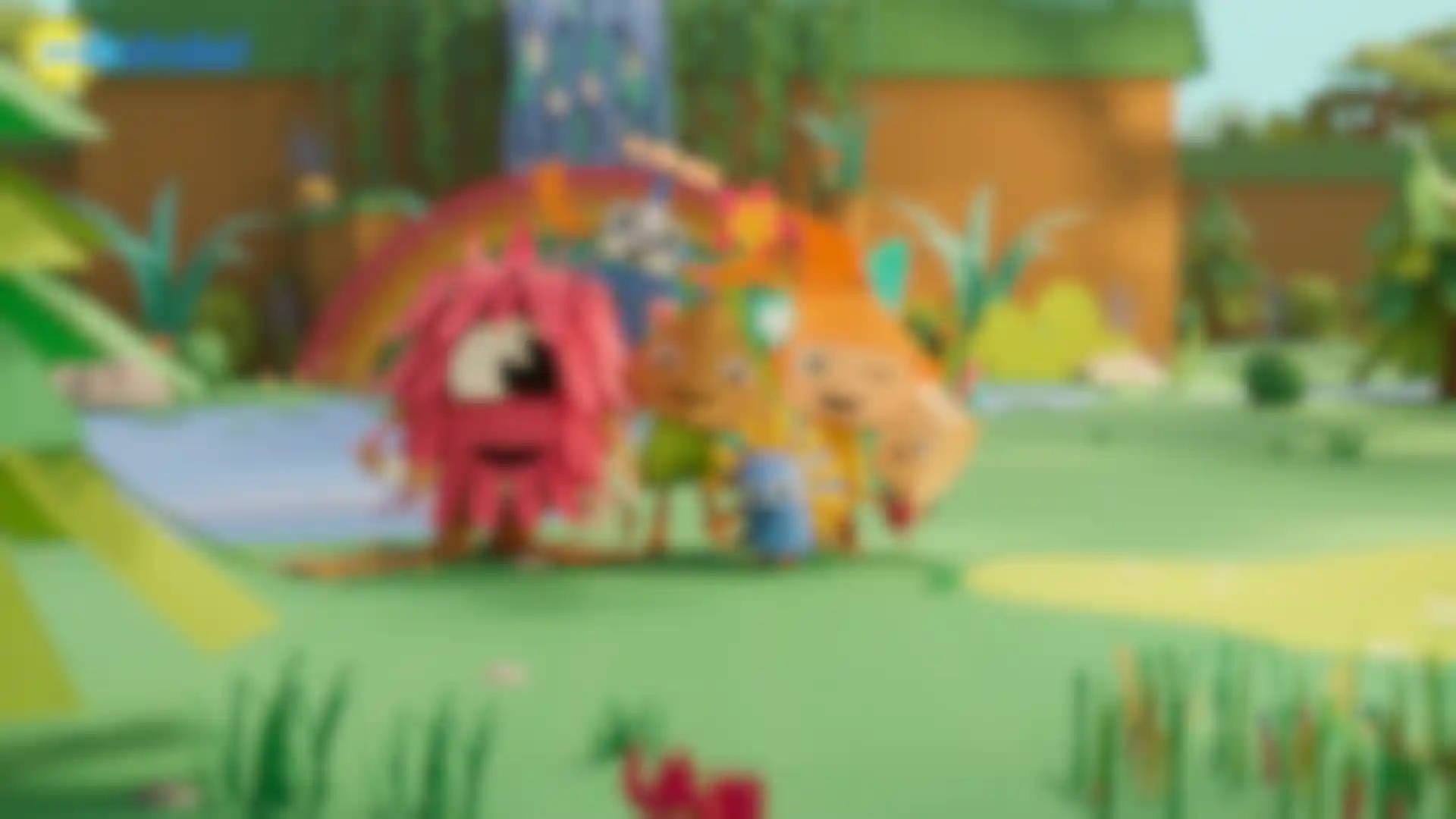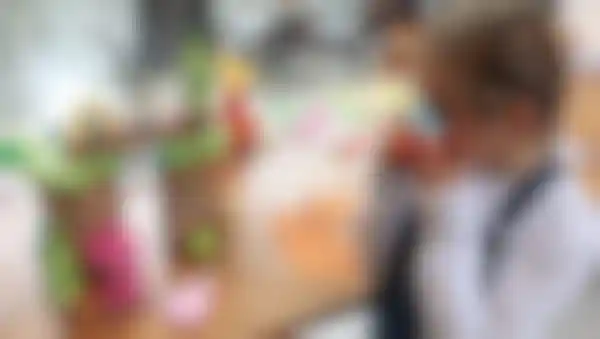
‘Pop Paper City:’ The First Kids’ Show Entirely Crafted with Maxon One LoveLove Films explains how they create the show’s stop-motion-inspired 3D wonderland.
Conceived and created to encourage preschool children to craft with paper, “Pop Paper City” is the brainchild of creative production studio LoveLove Films. Featuring endearing paper characters who go on adventures and create fun craft projects along the way, the show inspires kids to make their own paper creations at home.
LoveLove Films used a combination of Cinema 4D, Redshift and Red Giant tools for the show’s unique visual style, and the studio worked closely with Maxon throughout production of the series.
Four years in development, “Pop Paper City” is distributed by Aardman Animations and premiered last year on the British preschool channel, Milkshake!. The show quickly became the studio’s first global success, having and sold to over 150 territories worldwide.

Going From Paper to CG
Located in the small seaside town of Bournemouth, U.K., LoveLove Films was set up by Producer and Managing Director Georgina Hurcombe in 2010 with a focus on broadcast graphics and animation for TV advertising, music and brand videos. That focus took a distinct turn in 2018, when the LoveLove team of eight got the idea to create children’s content.
Over a six-month hiatus, they came up with some innovative concepts that proved to be a turning point for Hurcombe’s team as “Pop Paper City” is now at the forefront of kids’ TV in the U.K.
Building on that success, the studio has repositioned itself as a full-fledged production company, creating documentaries, short films and kids shows, in addition to motion graphic and animated content. “I always loved crafting and building as a child and was inspired by U.K. kids’ programs with their strong emphasis on arts and crafts,” Hurcombe recalls.

Paper may have been the starting point, but the studio always planned to develop the idea using a 3D, CG workflow to combine the paper characters and a live-action “helping hand,” to demonstrate how to make the crafts.
Bringing “Pop Paper City” to Life
After taking the pilot to market and signing with premiere distributing partner, Aardman, a year-long development journey fleshed out the colorful characters, environments and world. Retaining the authentic and tactile qualities of paper was central to creative development. “We went deeply into various paper grains and textures, replicating the detail in CG with meticulous attention,” says Hurcombe.
To achieve a sense of realism, the team embraced a philosophy of imperfection, showcasing imperfections and handcrafted qualities that help nurture children’s confidence in being able to craft something at home.

Once the series was greenlit and production ramped up, the team solved a myriad of challenges, scaling up their team and working with Maxon to manage the 52-episode pipeline. “I reached out to Maxon, sharing our dreams and expressing our desire to bring ‘Pop Paper City’ to life using Cinema 4D and Redshift and the response was nothing short of inspiring,” Hurcombe says.

Maxon’s technical support was especially helpful with solving rigging issues, says Bradley Nicholls, head of CG. Original and eclectic in their design, each of the six characters navigates the world in stop-motion. Because of their unique 2D plane style and animation requirements, characters were made with a mix of joints and constraints connected to spline controllers and XPresso rigs, giving the animator full control in any situation.
Plom, a shaggy character, proved the most complex, Nicholls recalls. “Every strand of his hair is dynamically rigged to swing, flow and grow stiff, so there have been many challenges flipping between the movements. We’ve gone through a lot of versions of that rig now and Maxon has been amazing in supporting us and helping make custom tools for Plom’s dynamics.

Every hair has a chain of joints dynamically rigged with different sliders to control their speed and stiffness, so we can easily go from flowy to stiff during a big movement like a roly-poly, then flowy again.”
Breaking Down the Workflow
With episodes in development and production at the same time, it was critically important to develop timesaving strategies using various tools, such as C4D’s Scatter. “The Scatter tool is as quick and free flowing as loading up a brush with assets and painting on your environment, Nicholls explains.

“We’re able to create about 70 percent of a finished product, giving us ideas and direction, and from there we start tweaking, addling little bits to perfect it, or experiment with a new combination of assets.”

The Dynamic Place Tool has also been helpful for quickly and intuitively putting objects into a scene, he continues. “There was one episode where we had to fill a treasure chest with glowing gemstones. Once we placed a stone, the Dynamic Place Tool read all the shapes and we were able to quickly build a pile that looked believable.”
With his background in live-action, Nicholls was able to give “Pop Paper City” a cinematic feel by creating a sense of depth of field “I would assign a set of three camera lenses and F-stops for each episode,” he explains. “All the F-stops were created in Redshift so we could see it straight out of export and tweak and collaborate.”
Inspiring Children to Be Creative
With Season 1 coming to an end in November 2023, LoveLove Studio Manager George Canton-Coulter is thrilled that the response from the show’s preschool audience and broadcasters has been heartwarming and exhilarating. “We get positive feedback, but we also get drawings and photos from kids, which is a testament to the series' appeal,” he says.
Unsurprisingly, Hurcombe and the team’s passion for children’s shows no signs of cooling. Currently, they are busy developing the show into a feature film while also creating original content for YouTube that they hope will introduce their crafty world to a wider audience.

“We started as a tiny studio, lacking financial resources and any prior experience in writing and producing children's content yet armed with an idea and fueled by passion, we took a leap of faith,” Hurcombe says. “I hope our success proves that no dream is too big or far-fetched. With enough belief and effort, dreams can become reality.”